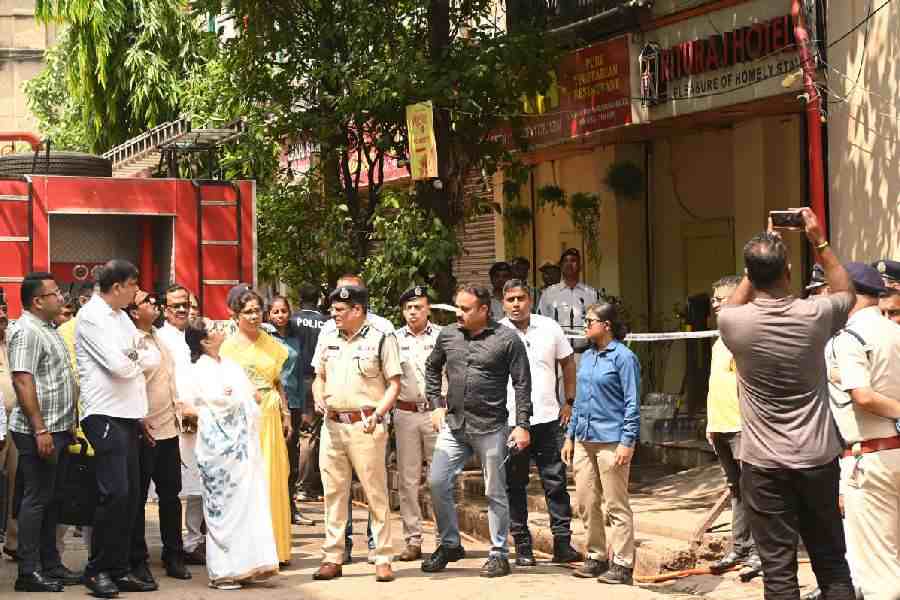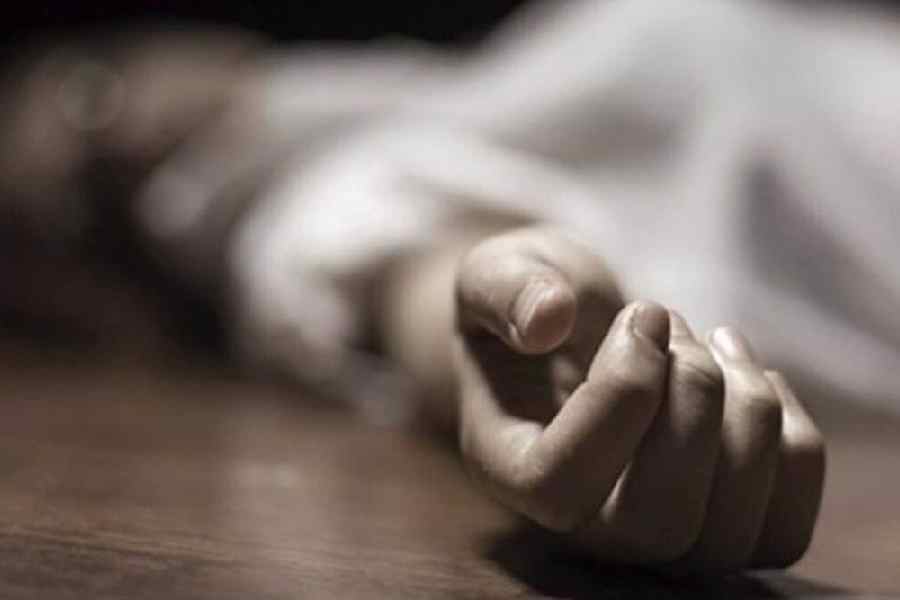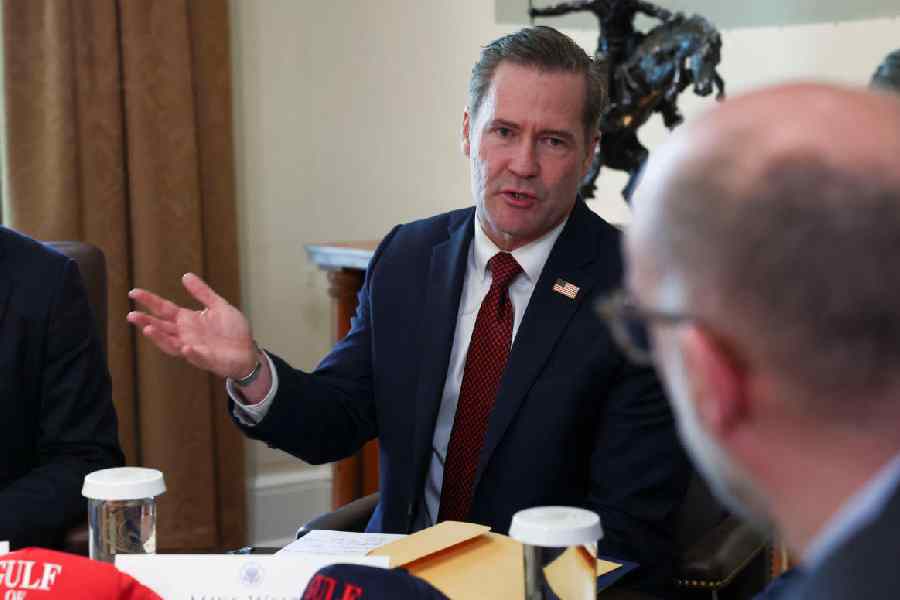 |
Sometime in the future, when a species of animal that had become extinct in its natural habitat is re-introduced in the wild, it might have reason to thank a team of scientists at the Centre for Cellular and Molecular Biology (CCMB), in Hyderabad. Researchers there have found a way to harvest sperm from animals that haven’t yet attained reproductive maturity.
The research team led by Sandeep Goel from CCMB’s Laboratory for the Conservation of Endangered Species (LaCONES) not only isolated sperm stem cells way before they turn into mature sperm but also grew them to maturity by transplanting them into a mouse testis.
The work, which appeared in the journal Animal Reproduction Science, is significant because of the level of sophistication that it brings to conservation biology. It takes captive breeding, the mainstay of species restoration, far beyond artificial insemination.
In the last few decades, conservation biologists have successfully used captive breeding to resurrect many critically endangered species and re-introduce them to the wild, where they had been killed off by large scale poaching and habitat destruction. Recent examples are the antelope Arabian Oryx, which was returned to its natural habitat after 40 years, and Przewalksi’s horse. These are a horse species native to China and Mongolia that was declared extinct in the wild in 1970. In 2008, Przewalksi’s horses were re-introduced in their natural habitat. Breeding programmes for such projects usually use sperm collected from adult animals that survive in zoos across the world.
 |
| Sandeep Goel |
“Although we are able to recover viable sperm from adult animals (till 24 hours after death), there are no technologies available to rescue and use germ cells from neonatal or prepubertal animals that may die unexpectedly,” says Budhan Pukazhenthi, India-born reproductive physiologist at the Smithsonian Conservation Biology Institute in Virginia, who played a crucial role in the re-introduction of Przewalksi’s horses into the wild.
That is the gap Goel’s team attempted to fill. Goel, who happened to have access to an Indian black buck which died in the local zoo, lost no time in harvesting germ cells, or spermatogonial stem cells (SSCs), from the dead animal.
“We were lucky to get know about the death immediately,” Goel told KnowHow from his lab in the new, aesthetically-designed LaCONES building on the outskirts of Hyderabad. The scientists cleaned and cryopreserved the germ cells and then transplanted them into testis of mice, which are specially prepared for the purpose. The chosen rodents have their immune system knocked off so that their body does not reject the foreign cells. They are also fed a very potent anticancer drug, busulfan, which destroys their own sperm cells. “This is important to ensure that there is no contamination of the harvested sperm cells,” says Goel.
The scientist admitted that the technique is very complex. “Population of SSCs in the testis is very low — less than one per cent of the tissue. They have to be identified by ascertaining the proximity of certain proteins associated with them,” says Goel.
Puakezhenthi says the work done by the LaCONES scientists is commendable. “It lays the ground work for identification and characterisation of SSCs in an endangered ungulate (a hoofed animal). Besides, it provides proof that germ cells can be collected, cryopreserved and transplanted into mice testes to support colonisation —and thus clearly demonstrates that SSC technology is feasible.”
According to Pukazhenthi, wild animals die in captivity for many reasons such as male-to-male aggression, accidents, disease and maternal neglect. Deaths of such neonatal and prepubertal animals are of special concern as they are lost before contributing their genetic information to their descendants and the population as a whole. Considering that neonatal and pre-pubertal testis are excellent sources of SSCs, harvesting them from there and culturing them outside is of great value.
However, this technique will produce a limited number of sperm. As a result, standard artificial insemination techniques may not work. “Advanced techniques, including intracytoplasmic sperm injection (ICSI), may have to be developed for some species to produce embryos in vitro,” he says.
Goel agrees that there are many challenges. “SSCs need to be harvested within a couple of hours after the death of the animal, if the cells are to be viable,” he says.
Pukazhenthi admits the SSC technology can have a significant impact on the management of captive species. But it may take several years before we begin to reap the benefit.










